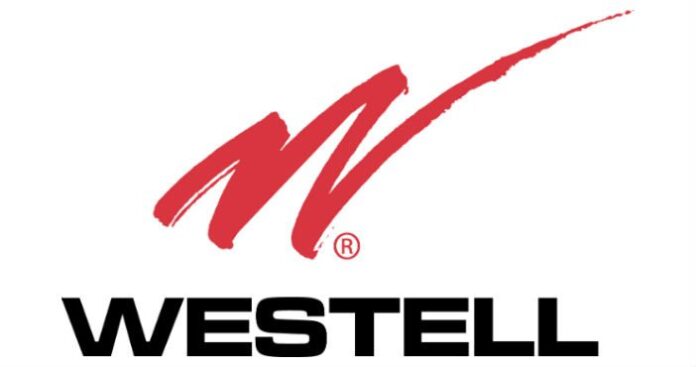In-building distributed antenna systems (DASs) are used to enhance cellular coverage within buildings, providing wireless customers better coverage and/or capacity while indoors, thereby greatly enhancing the user experience. They can be designed for a single wireless service provider (WSP) or as a Neutral Host system for multiple WSPs.
Designing to Optimize the Frequency and Power on the DAS
When defining requirements for an in-building DAS, designs are optimized for the frequency bands expected to be on the DAS. During the design process, engineers usually design the system with downlink signal levels strong enough to maintain dominance over signals penetrating the building from macro sites in the frequency band(s) of interest. By doing this, mobile devices operating in the frequency bands on the DAS will transmit at low power and stay on the DAS while in the building and switch to/from the macro site when not in the building.
Consider Near-Far
One thing not normally considered when designing or selecting equipment for an in-building DAS is Near-Far. Near-Far is a term describing performance reduction when a mobile device is operating within a DAS coverage area, but is being serviced by a distant macro cell tower.
(Note: for this discussion, we will define individuals with devices on the DAS as “participants” and individuals with devices not on the DAS as “non-participants.”)
The Near-Far performance reduction which includes degraded voice and data service, reduced battery life, and/or complete loss of service, can be experienced by participants as well as non-participants.
When non-participants are in the building with a DAS network, the signals from their devices are typically much stronger than participants because their signals are communicating with a distant macro tower. Their strong signals, when received by a DAS antenna, can degrade the performance of the DAS. This is known as an uplink Near-Far issue.
A DAS also transmits broadband noise along with wanted signals. This broadband noise is received by the non-participants device when they are in close proximity to a DAS antenna. The broadband noise can reduce the non-participants signal to noise level and degrade their performance. This is known as a downlink Near-Far issue. This can affect non-participants who are using commercial bands as well as non-participants who are on public safety bands.
Uplink and downlink Near-Far issues occur because most DASs have broadband filters passing the full uplink and downlink frequency bands in the remote. The broadband filtering passes wanted and unwanted signals in and out of the DAS.
The Effect of Near-Far on a DAS
If Near-Far is not addressed when designing and deploying a DAS, both participants and non-participants are at risk of experiencing degraded performance. Some examples of this include: participants experiencing performance below what is expected from a DAS; non-participants experiencing service degradation where they previously had good service; and public safety communication systems may not work.
Watch for additional information, presented by Westell, on uplink and downlink Near-Far in future editions of RCR Wireless.
Check out the Westell video on Near-Far for a quick informational overview.
https://www.youtube.com/watch?v=uANAWKVfCB4

